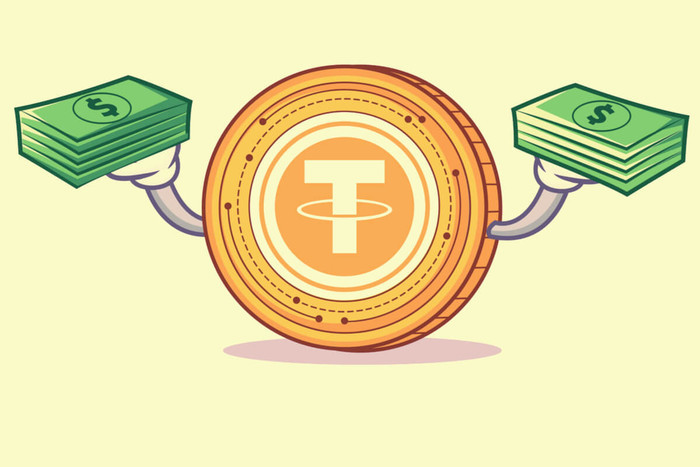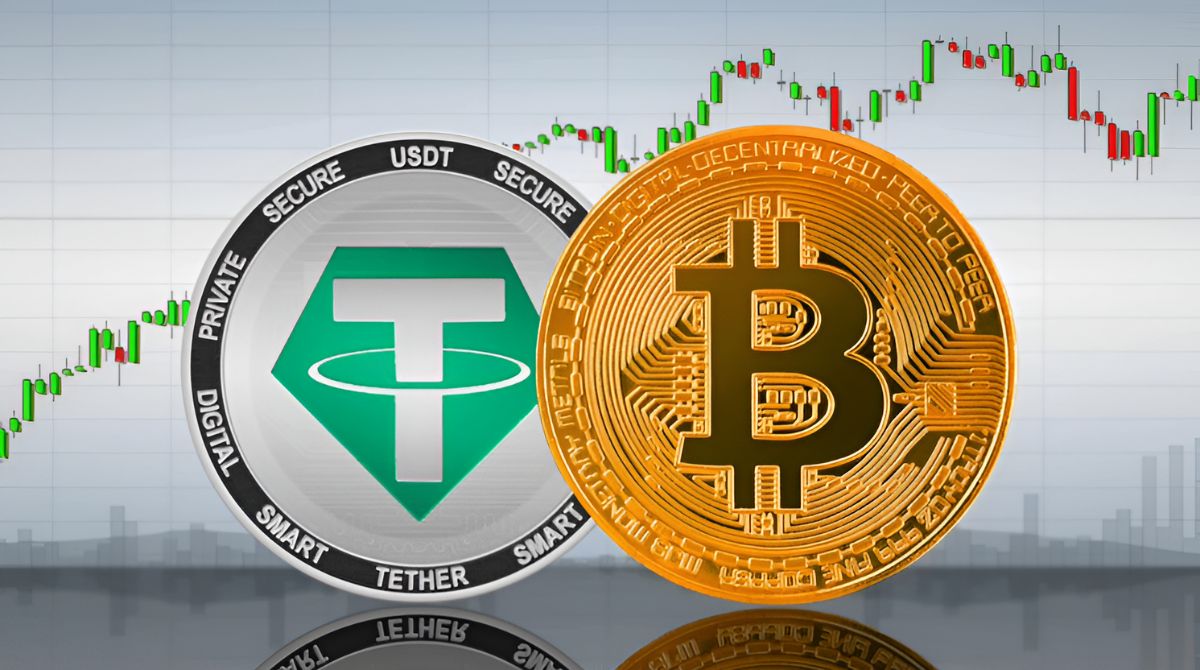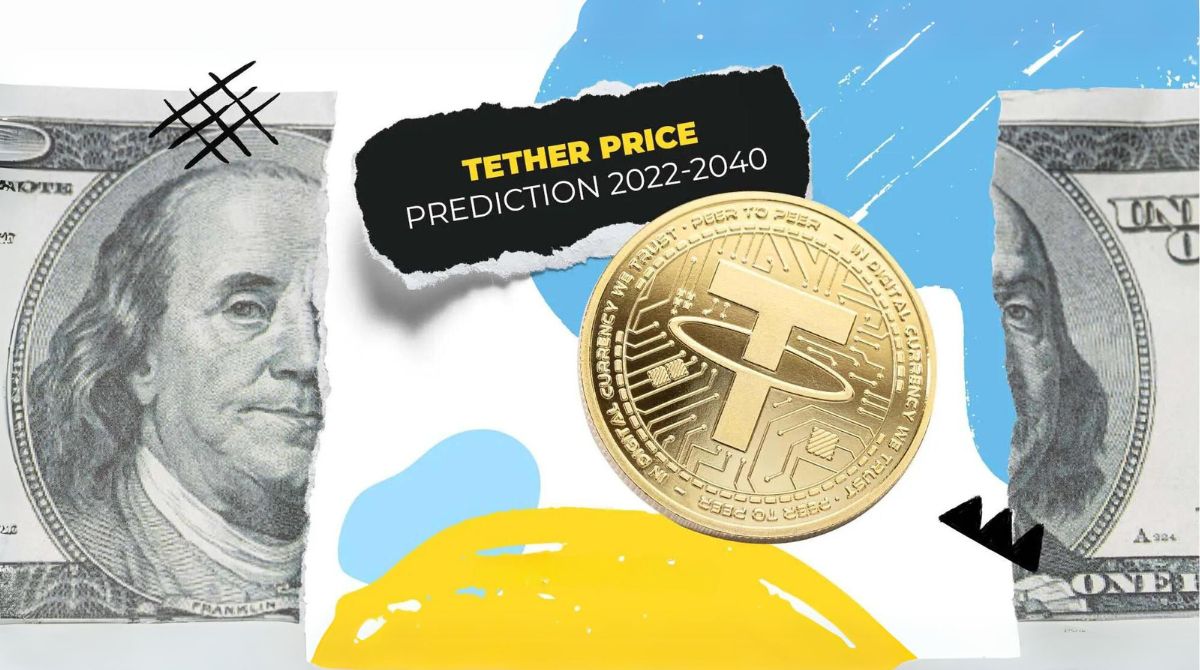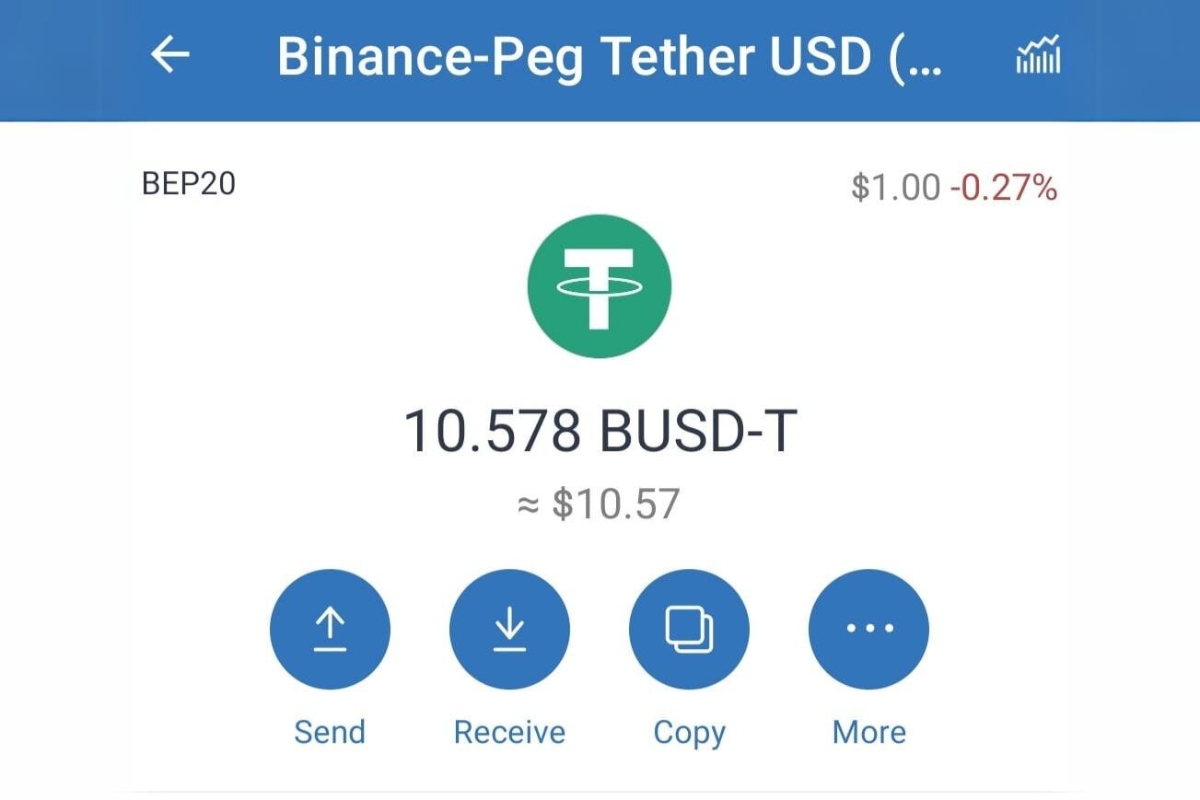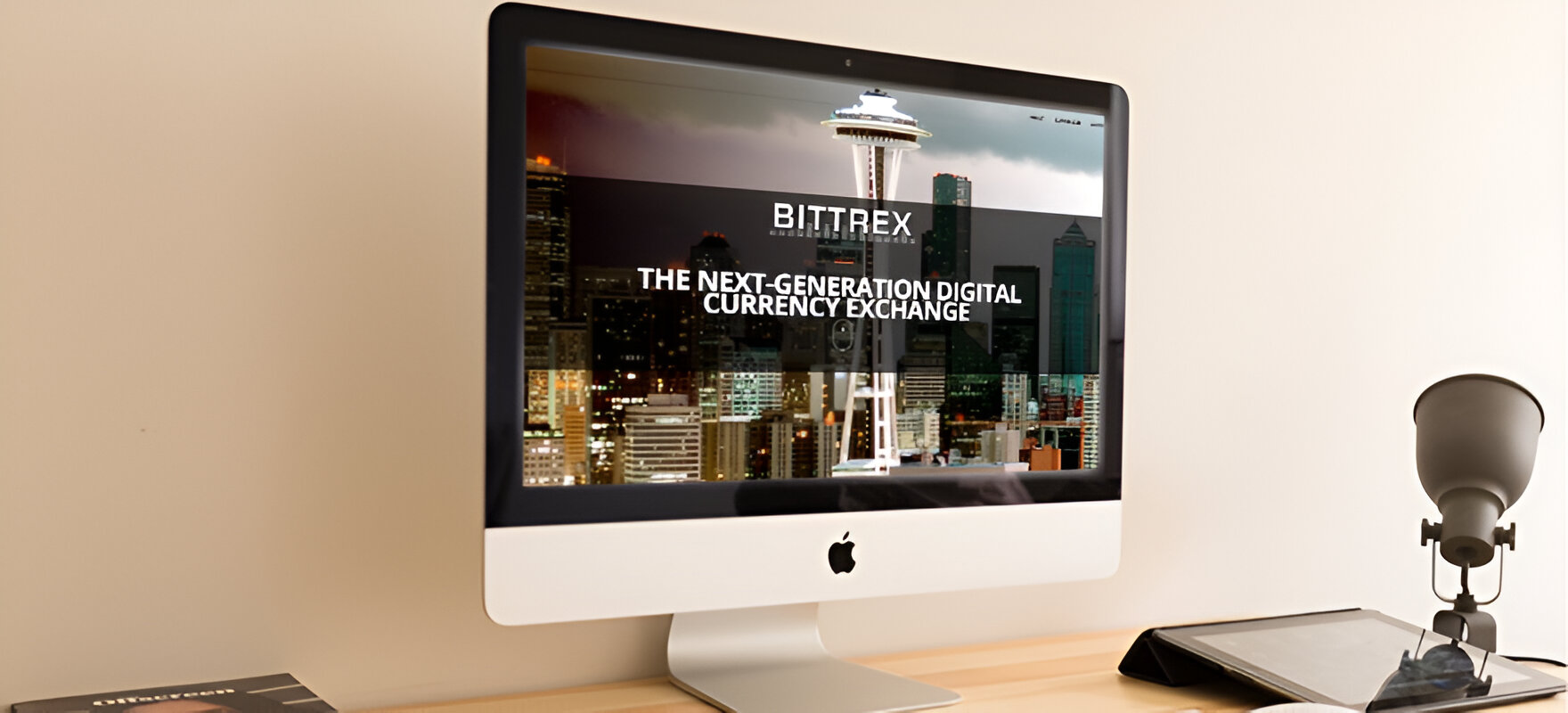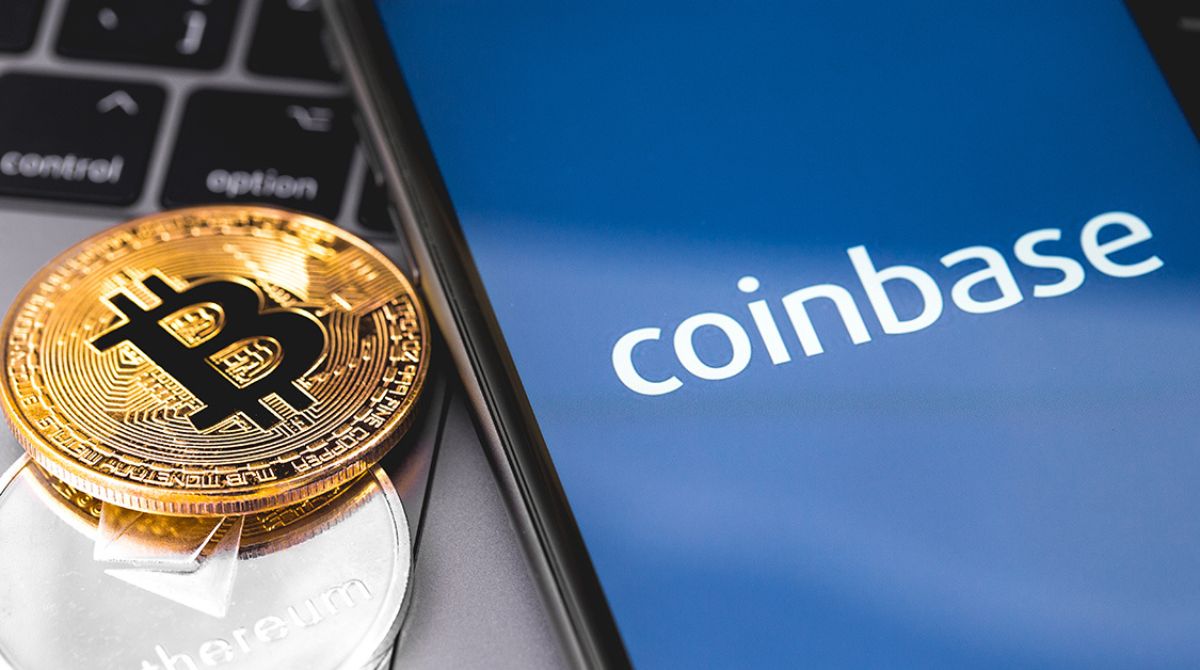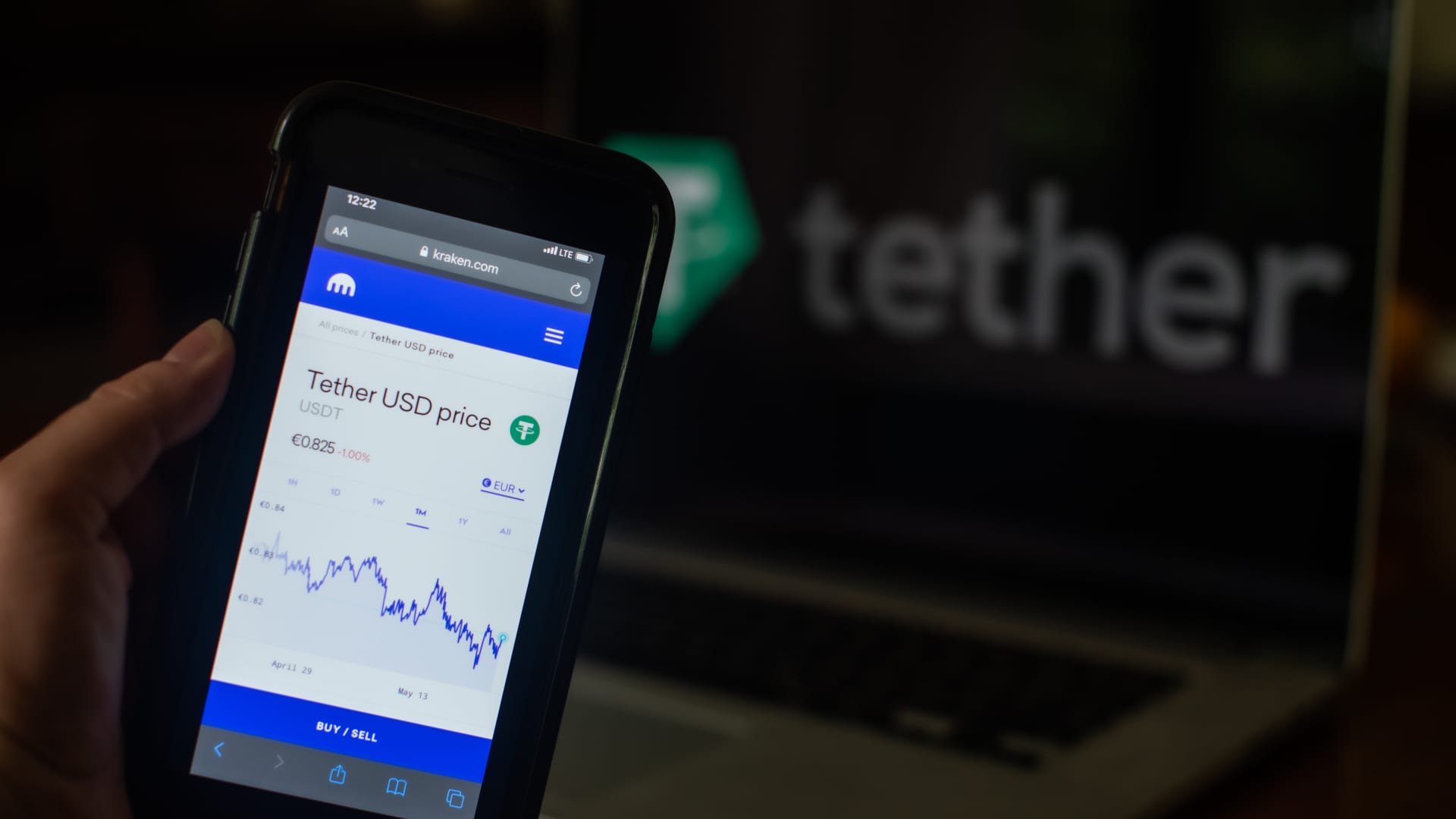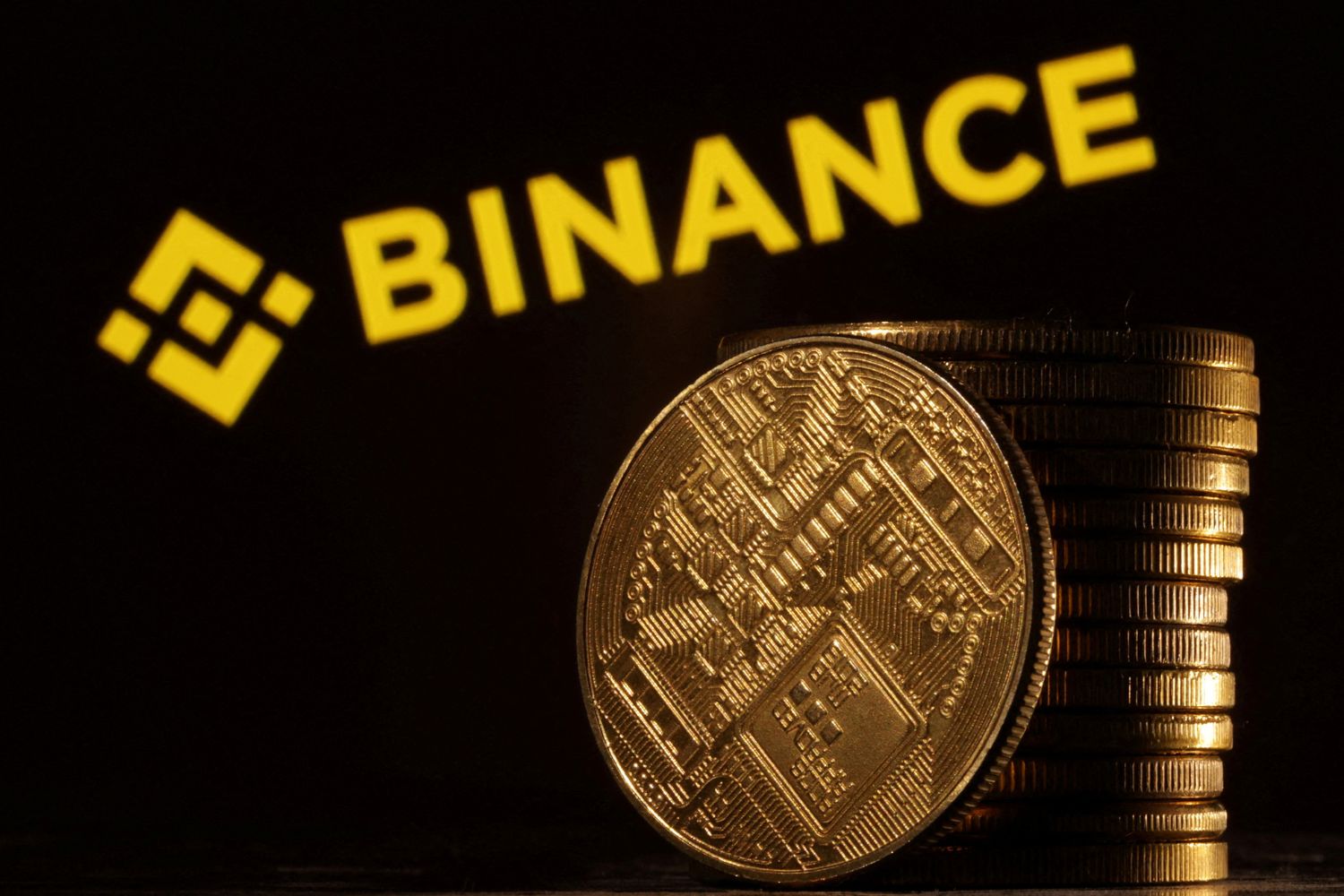On the 17th of December 2017, Bitcoin’s price crashed from $19,700 to $10,460 over 6 days. That was approximately a 46.9% drop in value within a week!
These boom-bust fluctuations have become a hallmark of cryptocurrencies. This involves cycles of volatility and creating vast amounts of wealth for some people while wiping others out of the market altogether. Fluctuations, appreciation, and depreciation are all part of any market. However, when it comes to digital assets, these wild price swings have become a problem for determining valuation.
For merchants using Bitcoin, the price swings will either go in their favor or against them. Similarly, cryptocurrencies traded against Bitcoin will have their BTC valuation affected if bitcoin rises or drops too much.
For example, if one “sample” token is worth $100 and Bitcoin is worth $1000, then that token will be worth 0.1 BTC. If Bitcoin were to increase 10 times to $10,000 but the “sample” token’s value remains the same, then its BTC valuation would drop till 0.01 BTC. This is where stable coins such as Tether come into the picture.
Tether tokens were released in 2012 on the Bitcoin Blockchain. The objectives were two folds. Firstly, to have their value fixed to another asset such as the U.S dollar. Secondly, to give people a familiar currency to enter the cryptocurrency market with.
In this article, we will introduce Tether’s history in the cryptocurrency market. Moreover, use cases, some criticisms, and process to acquire it will also be discussed.
How Does USDT Work?
Before we go into Tether (USDT), let’s first understand more about stable coins. As mentioned, stable coins are cryptocurrencies designed to take on the volatility of prices in the crypto market by having their value pegged to another asset. A fiat currency such as the US dollar is currently the most popular form of the asset being pegged to. However, the asset in question can also be a form of precious metal, other cryptocurrencies, or a basket of combinations.
These stable coins work by having their value collateralized. This is creating a one to one backing with the asset of choice. This means that if a stable coin pegged to one US dollar has a total supply of one million, then there should be one million US dollars to back up that supply. By having their value collateralized, stable coins such as Tether aims to eliminate the confusion around conversion rates, thus making the stable coin more practical for both users and merchants.
Currently, in the cryptocurrency market, there are numerous stable coins besides Tether. They are True USD (TUSD), MakerDao (Dai), and Havven (HAV), just to name a few. However, in terms of popularity, Tether takes the top spot with its performance having a profound impact on the wider cryptocurrency market.
Tether tokens are being pegged to the US dollar on a one to one ratio. Currently, according to coin market cap, Tether has a circulating supply of 4,043,607,702 tokens. With each token valued at one US dollar, the stable coin has achieved the seventh spot on the top ten largest cryptocurrencies ranking by market capacity.
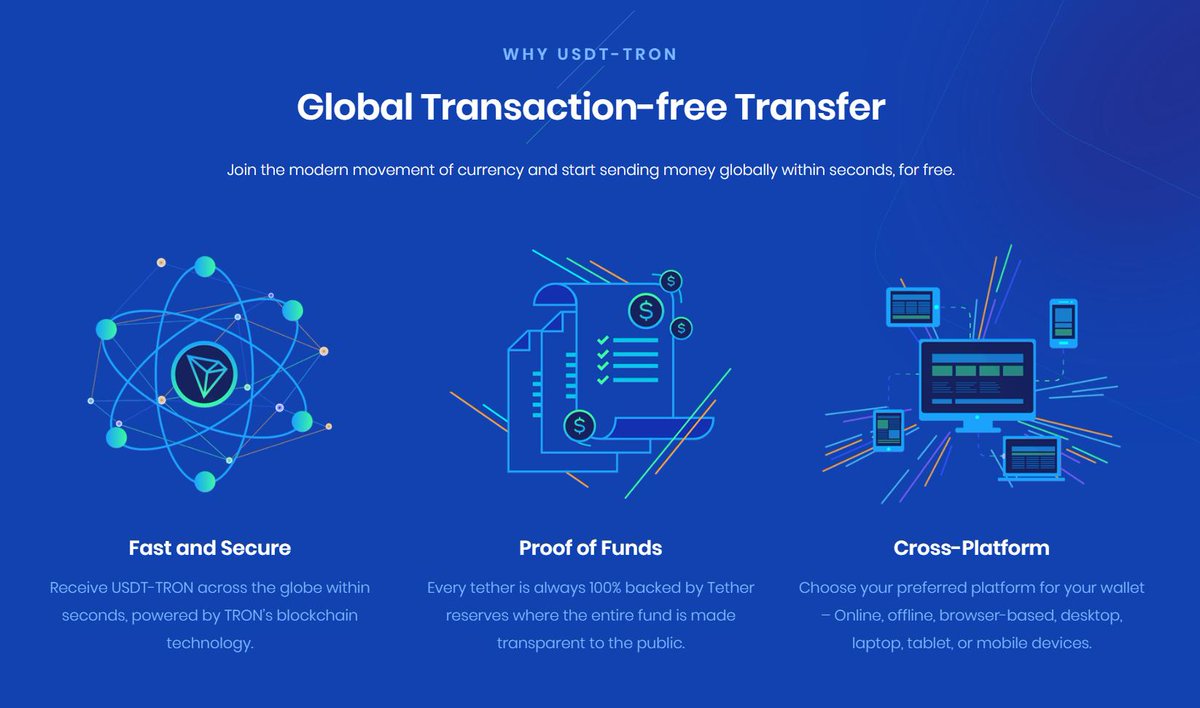

Three Layers Of Tether
Blockchain Layer
Tether’s management has expressed that they favor the Bitcoin Blockchain. They cited that it is the right fit for transacting, storing, and accounting for Tether tokens. As such, Tether has been built on Bitcoin’s technology with its transactional layer embedded within the Bitcoin blockchain.
Omni Layer
A foundation technology that allows Tether to control the stable coin’s supply, provide accounting, and enable user interface. Tether tokens need to meet the demands of the market, so more stable coins need to be created. The price of cryptocurrencies is subjected to the forces of demand and supply in an efficient market. If the circulating supply of Tether tokens remains the same while demand for their use increases, then the price of Tether will increase. This will ultimately defeat the purpose of Tether being a stable coin. As such, Tether requires the ability to “print” tether tokens and put them into circulation. Likewise, Tether will also require the need to burn tokens to reduce token supply if the situation arises.
On the Omni layer, users can transact and store Tether pseudo-anonymously in-browser encrypted web wallets such as Omni wallet, thus providing a direct means to store tether tokens safely. Besides, the Omni layer provides a method for tracking and reporting on the circulation of Tether through the site Omnichest.io.
Therefore, this second layer is the main process by which Tether maintains its system solvency.
However, things do not always go according to plan. Furthermore, down the article, we will go into details regarding events that have caused these “printing” and “burning” of Tether token, their implication, and the reporting of proof of reserves.
Corporate Layer
Tether controls the corporate layer limiting the business entity around the Tether tokens and Tether.io; a web-based interface that enables users to send, store, and convert Tether tokens. The cornerstone of Tether’s value proposition is its ability to maintain solvency. It ensures that the corresponding fiat collateral backs up all issued Tethers. According to Tether, their token’s fiat collaterals will always be equivalent to or greater than the amount of Tether issued. As such, the corporate layer is responsible for the issuance of Tether tokens into market circulation, custody of fiat reserves, and public reporting. The Hong Kong-based Tether limited will then hold these fiat reserves. However, past reports have raised some questions. We will go into details further on in the article.
As a summary of the flow of funds, Tether will have to first accept fiat deposits before issuing the Tether tokens. Subsequently, withdrawal of Tether requires the invalidation of tokens before sending out the fiat. As mentioned, Tether holds custody of the fiat reserves to back its Tether tokens. Additionally, it does public reporting of its proof of reserve periodically.
How To Use Tether?
The most commonly used denominator for trading cryptocurrencies is Tether. Their use in trade is found under the USDT markets on exchanges. To first acquire Tether tokens, fiat currency is needed to be exchanged for Tether tokens. Tether is integrated with numerous exchanges and merchants. It means that an individual can conveniently buy Tether using a debit card or bank transfer.
To start the process of value conversion from fiat to a stable coin, the individual must first possess a bank account. He can use it to deposit money into Tether limited or an exchange’s corresponding bank account. This process might require a third-party payment gateway provider such as Xfers. Once the exchange received the fiat, Tether tokens will be under the USD market. This is because the individual needs to trade the tokens for US dollars. After which, a trade order must be placed and closed for the stable coin to be credited.


Tether Trading
If you had gone to exchange to look at Tether’s price, then the previous information would seem very confusing. Tether’s ratio to the US dollar is one is to one. And so, why are there fluctuations with Tether prices? How can Tether even be traded if the price is the same for everyone?
As with anything traded on a market, the price of an item is as much as the price that the next person is willing to pay.
On paper, keeping the price constant would look easy. However, in live markets, lag time, market psychology, and market manipulation can cause the price to move within a range. Imagine if the demand for Tether increases, the lag time between the point of printing the Tether tokens and the point that it was released can cause a spike in prices as momentarily, demand exceeded supply. Conversely, negative news can cause dumping in Tether tokens as people holding Tether are bearish. Moreover, they are willing to sell the stable coin below the market price of one US dollar.
Tether Review
There had been many fears, uncertainty, and doubt raised against the stable token. Two of the most famous of these are the paradise paper leaks and the proof of reserves. Both can have serious consequences on the cryptocurrency market.
Paradise Paper Leaks
In the beginning, there were rumors about the connection between Bitfinex and Tether. These rumors eventually turn out to be true when the International Consortium of Investigative Journalists’ (ICIJ) found that both companies share the same Chief Executive. Being so closely tied can lead to ecosystem-wide harm to the cryptocurrency industry. If a large exchange such as Bitfinex and a popular stable coin, Tether, were to falter, it could mean funds and assets being locked up. This would drive traders and investors away from the market while the uncertainty of such an event unfolds. While black swan events have a low probability of occurring, history has witnessed the devastating consequence of a fall in major market players. Examples are the collapse of Mt. Gox and the consequential crash in bitcoin prices.
Proof Of Reserves
Recently, the spotlight focused on Tether’s proof of reserve. The auditing of Tether’s reserve is extremely critical. This is because the solvency issues can lead to a market crash. Without a one to one ratio to back up every corresponding Tether token with its fiat equivalent, there might be a liquidity issue. Under a 100% solvency scenario, everyone will be credited with their fiat currency if they were to withdraw their USDT all at once. If the reserves are not present or illiquid, it could lead to a drastic impact on the cryptocurrency market.
In light of these accusations, Tether has troughed on. In 2018, the law firm of Freeh Sporkin & Sullivan LLP was able to confirm that Tether had the reserves to back up the Tether tokens in circulation.
Historical Price Data
Anyone interested in buying Tether will look at the stable coin’s historical price data. That is part of the decision-making process. Since 2015, Tether has reached a high of $1.06, while on the 26th of April 2017, USDT’s price dropped 8.3% to $0.917. Even though the volatility in USDT is low compared to other cryptocurrencies, there is still an opportunity to buy Tether below the one USD benchmark.
In the cryptocurrency market, some traders utilize trading bots to take advantage of the price swings in USDT to make a profit. Therefore, it is possible to buy some cheap Tether through monitoring the market and waiting for the forces of supply and demand to play out. However, it is to note that it is usually bad news that causes the price to fall below the one US Dollar mark. An example was the Tether hack in November of 2017. The decision to buy USDT below a dollar when the opportunity presents itself will depend on the individual’s confidence in Tether. Since Tether has to defend the one US dollar parity, buying USDT below a dollar can be a profitable venture as the price has to bind back.
Tether Fees
There are two kinds of fees associated with using USDT. Firstly, there is a trading fee when you first make a trade to buy Tether and the subsequent trading fee for selling those USDT. These two trading fees are unavoidable if an individual bought the Tether from an exchange. Secondly, there are withdrawal fees incurred from moving USDT from one wallet to another. This is usually required as the stable coin needs to be moved to exchange before making a transaction or to a wallet for safekeeping. These fees may differ from exchange to exchange. You need to look at the list of fees available on the exchanges. Doing so will help you decide on where to buy and send your USDT.
Tether Wallets
An individual can keep his USDT safely in device wallets. These include the Nano Ledger and Trezor with the transfer time of roughly 11 block confirmations. These hardware wallets represent the safest way to store your funds as the private key never leaves the device. Alternatively, an individual can use web wallets such as the aforementioned Omni Wallet. Exchanges are prone to hacking. It is important to keep your funds safe and in your custody. While it can be a hassle, taking extra precaution to protect your funds is always worthwhile.


The Future Of Tether
By now, you should have a grasp on what is Tether. By weighing the good and bad, the decision to buy Tether will depend entirely on the individual’s confidence level in the stable coin. As the cryptocurrency market is still in its infancy, both potential and uncertainty fill the future of Tether. Only time will tell.
The best way to be updated with the latest happenings in the crypto space is to continuously read up. Just stay tuned for the next article on Robots.net.







